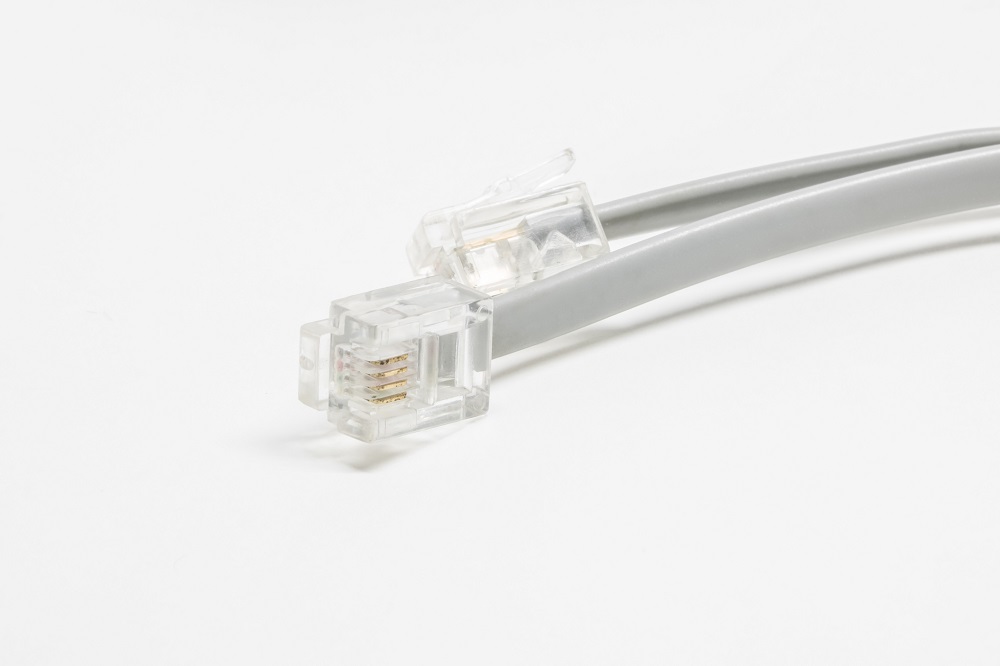- All
- Product Name
- Product Keyword
- Product Model
- Product Summary
- Product Description
- Multi Field Search
Views: 88 Author: Site Editor Publish Time: 2023-12-22 Origin: Site
Energy storage connectors play a vital role in the storage and distribution of energy in various applications, including renewable energy systems. These connectors must be reliable, efficient, and durable to ensure the seamless flow of energy and prevent any safety risks.
One of the key factors in the importance of reliable energy storage connectors is safety. Faulty connectors can cause short circuits, which can lead to fires, explosions, or other safety hazards. Therefore, it is essential to use energy storage connectors that have undergone rigorous testing and meet industry safety standards. In addition, the connectors should have features such as shock-resistant housings and insulation to prevent electrical arcing and other electrical hazards.
Another important factor in energy storage connectors is efficiency. The connectors must be designed to minimize energy loss during the storage and transfer of energy. High-quality connectors that have low resistance can reduce energy loss, resulting in more efficient energy storage and distribution. In addition, energy storage connectors that can handle high current and voltage loads without overheating or malfunctioning can ensure the efficient transfer of energy.
The durability of energy storage connectors is also essential, especially in applications where connectors are exposed to harsh environments such as extreme temperatures, moisture, and chemicals. Connectors that are made of materials that are resistant to these conditions can ensure long-term reliability and durability.
Energy storage connectors are used in various renewable energy systems, including solar power, wind power, and energy storage systems. For example, in solar power systems, energy storage connectors are used to connect the solar panels to the batteries or inverters. In wind power systems, energy storage connectors are used to connect the wind turbines to the electrical grid or the energy storage systems.

In addition to renewable energy systems, energy storage connectors are also used in various other applications, including electric vehicles, aerospace, and industrial automation. In electric vehicles, energy storage connectors are used to connect the batteries to the motor controllers and charging systems. In aerospace, energy storage connectors are used in various power distribution systems, including fuel cells and batteries. In industrial automation, energy storage connectors are used to connect large energy storage systems to the electrical grid.
Selecting the right energy storage connectors for your application requires careful consideration of various factors, including the type and size of the connector, the current and voltage ratings, and the environmental conditions. Working with a trusted supplier or distributor who can provide expert advice and quality products is crucial in ensuring the success and safety of your project.
In conclusion, energy storage connectors play a critical role in the storage and distribution of energy in various applications, including renewable energy systems, electric vehicles, aerospace, and industrial automation. These connectors must be reliable, efficient, and durable to ensure the seamless flow of energy and prevent safety risks. Selecting the right energy storage connectors for your application requires careful consideration of various factors and working with a trusted supplier or distributor who can provide quality products and expert advice.
This article covers the technical features of spring-loaded and push-in terminals, and both the advantages and disadvantages of these technologies when it comes to installation practices, commissioning, footprint and authorisation for the North American market. Why do we need spring terminal block ?
Wiring a terminal block correctly is a fundamental skill in electrical work, ensuring safe and reliable connections. This article will help you to understand the essential steps, from preparing your wires to securing them properly within various terminal block types.ContentWhat are Terminal Blocks?R
What is terminal block ?terminal block, also known as a connection terminal, is a modular block used in electrical and electronics systems to connect and secure electrical wires or cables. It serves as a convenient and organized way to make electrical connections, whether for power distribution, sig
Terminal electronics is the key point at which a conductor from a electronic component, device or network comes to an end.Terminal may also refer to an electrical connector at this endpoint, acting as the reusable interface to a conductor and creating a point where external circuits can be connected
Spring connectors, also known as spring-loaded connectors or pogo pins, are electrical connectors that use spring-loaded contacts to establish a temporary electrical connection. These connectors are commonly used in applications where repeated connections and disconnections are required, such as in
PCB terminal blocks are a vital electronic components in many electronic applications systems, allowing secure and reliable connections between printed circuit pcb boards and external wires. These terminal blocks are available in a variety of sizes, types, and materials to meet the specific needs o